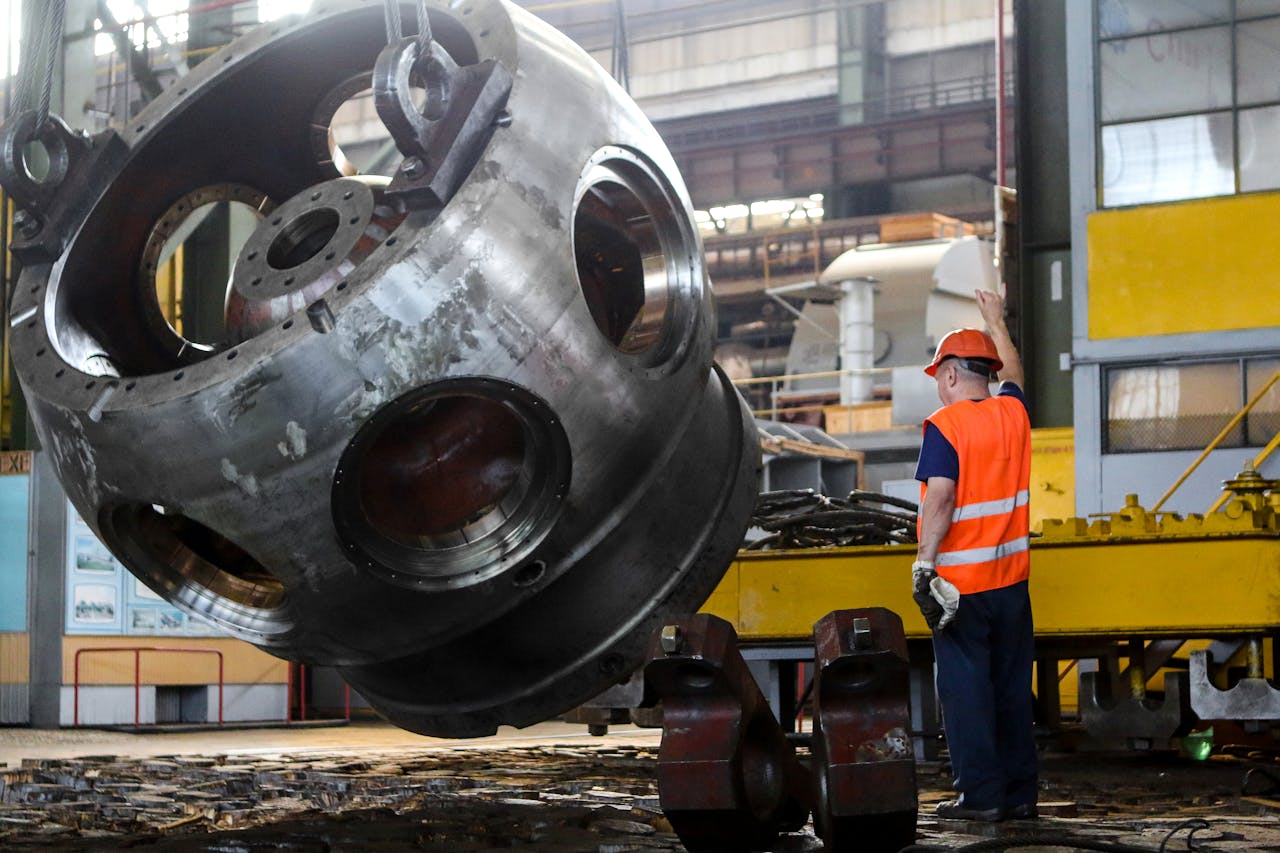Exploring The Future Of Green Steel Production

Q1. Could you start by giving us a brief overview of your professional background, particularly focusing on your expertise in the industry?
I am a steel industry professional with 40 years of experience in the fields of Project Management, Operations & Maintenance, Materials Management, and Marketing. My expertise includes project execution, sourcing, and procurement of input materials, and managing large operations of a Steel plant.
Q2. What is the projected market size and growth trajectory for green steel in India through 2035, and which end-use segments are expected to dominate demand?
Currently, the projection is very optimistic, and the market share of green steel is on an upward trend.
Scrap melting routes, carbon capture technologies, reduction in direct carbon usage, and the use of renewable energy are gaining momentum. By 2035, it's expected that the proportion of green steel will increase substantially.
Special steels, alloy steels, the automotive segment, defense segment, tubes, and pipes are expected to increase the share.
Q3. What is the expected impact of current and upcoming government incentives and policy support on the acceleration and scalability of green steel projects in India?
The government is committed to supporting the green steel sector by incentivising energy supplies, subsidising technologies, and offering productivity-linked incentives.
The sector is awaiting the policy rollout. This will boost momentum in the green steel sector shortly.
Q4. How do evolving regulatory frameworks and safety compliance mandates impact project timelines and cost management in green steel plant expansions in India?
Currently, the government is focusing on promoting green steel production through incentives and concessions.
Regulatory measures primarily focus on curbing carbon-intensive processes through penalties and restrictions. Smaller companies are awaiting further concessions, incentives, and tax benefits for green steel.
Q5. How should companies strategically position their project management teams to effectively leverage these government benefits while navigating the complexities of green steel project implementation?
Companies need to adapt to the latest technologies, which significantly reduce emissions by reducing and recycling carbon-bearing materials. The government is considering implementing a comprehensive policy for green steel manufacturing.
The complexities mainly involve phasing out carbon-intensive processes and adapting emission control processes. Companies are now in the process of evaluating the cost economics vs government support.
Q6. What innovations in green steel production are likely to drive product growth and diversification in the coming decade?
The use of non-fossil fuels, along with the introduction of alternative energy sources such as nuclear, Hydrogen, and solar, makes the process more green-oriented.
Q7. If you were an investor looking at companies within the space, what critical question would you pose to their senior management?
The main question would be about how the company is prepared to absorb the investment costs of the transition to green steel.
Comments
No comments yet. Be the first to comment!
